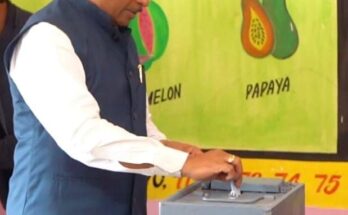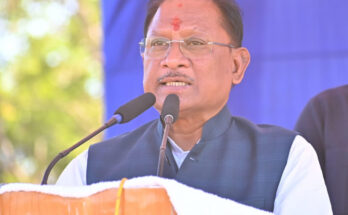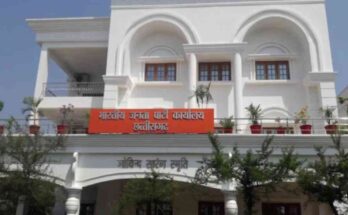A total of 14 tables have been set up for counting of votes, where the counting of votes will be completed in 19 rounds. An additional table has been arranged for counting postal ballots. There will be a counting supervisor, counting assistant and micro observer at every table, who will complete the counting work. Also, a data compilation and uploading section has also been prepared, where the counting information will be maintained.
Candidates and their counting agents will be allowed to observe the counting process in the counting hall, but they will be able to observe it only by sitting on chairs placed outside the hall. Entry of unauthorized persons in the counting hall will be completely prohibited. The Returning Officer can direct any person to leave the counting premises and this instruction will be binding. Bringing electronic devices such as mobile, iPad, laptop, smartwatch, camera, tobacco and gutkha in the counting hall will be prohibited.
Counting agents will be allowed to bring blank paper, copy of ballot paper account format 17C part-1, list of EVM/VVPAT and pen, pencil. Analog calculator has been arranged on each table, which can be used by the candidates or their agents.
There will be a three-tier security system in the counting complex, and every person will be thoroughly checked. It will be mandatory for every person to show their identity card. The information about the counting work will be uploaded in the Election Commission of India’s Incore Counting Application, which the general public will be able to see through the link https://results.eci.gov.in .
After the declaration of election results, if any candidate wants to check and verify the burnt memory or microcontroller of EVM, he can submit an application within 7 days. For this, a fee of Rs 40,000 (18% GST extra) will have to be paid per EVM set.




